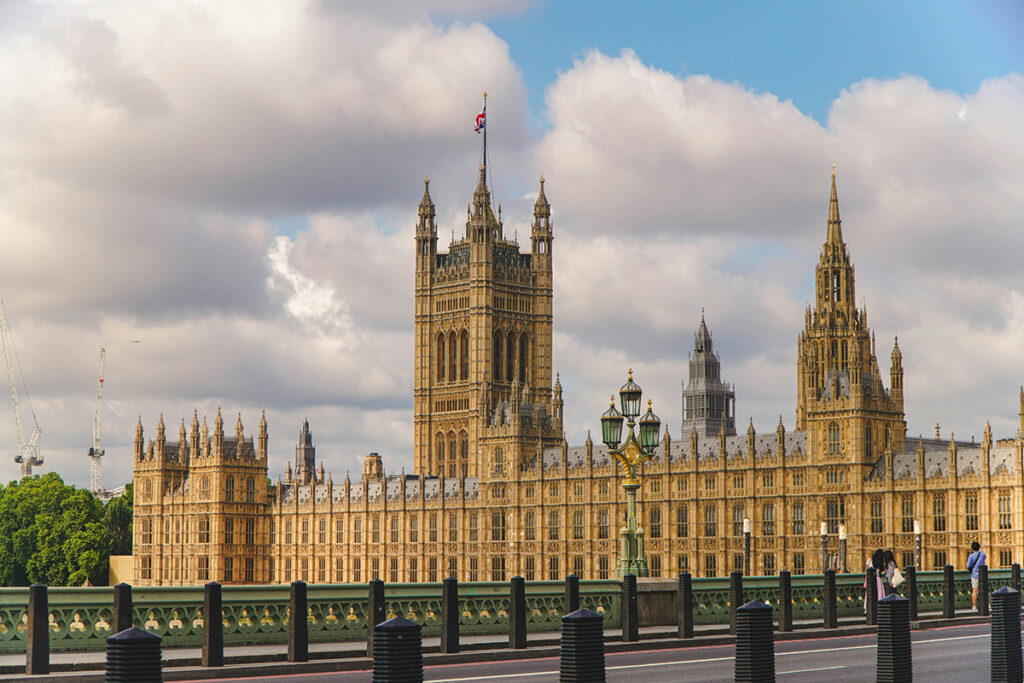Rising Wage Expectations and Online Ad Costs are Impacting Talent Acquisition
Prices are rising – fast. After nearly three decades of stable prices, the US economy is experiencing a surge of inflation. Consumers feel the pain acutely at the gas pump, grocery store, and elsewhere. But inflation isn’t just shaping individuals’ buying habits. Businesses – and, specifically, employers looking to hire – have to reckon with this high-inflation environment. Recruiters face two new challenges: rising wage expectations of job seekers and online job advertising costs that have spiked after declining for a decade.
Inflation is disrupting the economy
For most of the last three decades, inflation was stable in the 2 to 3% range but not so in the last two years. Coming out of the COVID-induced recession of 2020, prices have risen at rates not seen since the early 1980s. Earlier this month, the Bureau of Labor Statistics (BLS) reported that the Consumer Price Index (CPI) rose 8.5% in March compared to a year earlier. That set another 40-year high. Even the less volatile “core” CPI – which strips out food and energy components that can fluctuate wildly – was up 6.4% year-over-year, the highest since 1982.
For the last year, gasoline and energy costs have been the primary drivers of higher prices, although automobiles (especially used vehicles) have had strong increases as well. Thankfully, in recent months, used car prices have begun to cool, as supply chain bottlenecks unclog. However, following Russia’s invasion of Ukraine in February, global commodity prices have spiked higher, notably oil but also food prices (as wheat exports from Ukraine have plummeted). This caused US gasoline prices to creep above $4 gallon for the first time in 14 years.
Inflation is the most disruptive force in the economy in 2022, and it’s affecting recruiters in two ways.
Recruiting challenge #1: Job seekers want higher pay
An uptick in work pay coincided with this inflation surge. The labor market is extremely “tight” – with job openings at near record highs and jobs being added at a rapid pace – and so employers are raising wages to attract job seekers. Average hourly earnings were up over 11% for all employees in March 2022 compared to February 2020, just when the pandemic recession began. Wages are even higher for “rank-and-file” workers (production and nonsupervisory employees): up 12.6% over the period.
Now, these are nominal wage gains (that is, not adjusted for inflation). For the typical worker, rising prices have outsripped these pay increases – resulting in a loss of purchasing power. After adjusting for inflation, real wages are down for the typical worker — but averages lie. Are all workers losing out in this high-wage, high-inflation environment?
To answer this question, we need to calculate nominal wage gains across the earning distribution – from low-wage restaurant workers to high-earning physicians; those calculations were done by UMass Amherst economist Arindrajit Dube (shown in a screenshot below). The red squares show nominal pay changes by hourly earnings percentile over the last 24 months, 12 months, and 6 months, respectively. The blue line is inflation (CPI). So any red squares above the blue line represent “real” wage gains. This useful chart from Dr. Dube tells an important story: low-wage workers are, on average, seeing their raises exceed inflation.
For job seekers, it’s real wage gains that are attractive; and so, recruiters must adapt to the new economic environment and benchmark their wage and salary offers to reflect changing market conditions. In the rightmost panel in Dr. Dube’s chart, notice the uptick in nominal wages for high-earners (the red squares on the right). This could reflect how higher-earning workers are wising up to the inflationary environment and asking for better pay to compensate. Recruiters should take note that this trend could (and maybe should) expand, as job seekers don’t want price increases to erode their purchasing power.
Recruiting challenge #2: Online job advertising rose after declining for a decade
It’s not just consumers who are facing higher costs but businesses too. We see this in the data from the Producer Price Index (PPI), which is analogous to the CPI but reflects the input costs that businesses face. In March, prices were up 11.2% year-over-year, “the largest increase since 12-month data were first calculated in November 2010,” according to the BLS release.
A subcomponent of the PPI tracks what businesses pay for online advertising – whether it be on Google, Facebook, or job sites like Indeed. This metric for online advertising has been falling for the better part of a decade. In the 10 years from January 2011 to January 2021, online advertising costs declined by 34% according to this metric.
2021 marked a reversal of this trend. Costs began to surge in the spring of 2021 in a way they never had before. In June, online ad prices were up 26.2% from a year before. Surely, a big explanation for this reversal is that the pandemic triggered a sharp shift upward in online activity from consumers (what else were they going to do?). And so businesses, sensing the end of the worst of the pandemic in the spring of 2021, began bidding against each other to reach those individuals where they were: on the internet.
Conclusion: Recruiting budgets need to be reworked
With high inflation, employers looking to hire need to adjust on two fronts:
- Benchmark pay more regularly, at least quarterly if not monthly
- Recruitment marketing budget forecasts should adjust upward to reflect higher costs for job ads.







